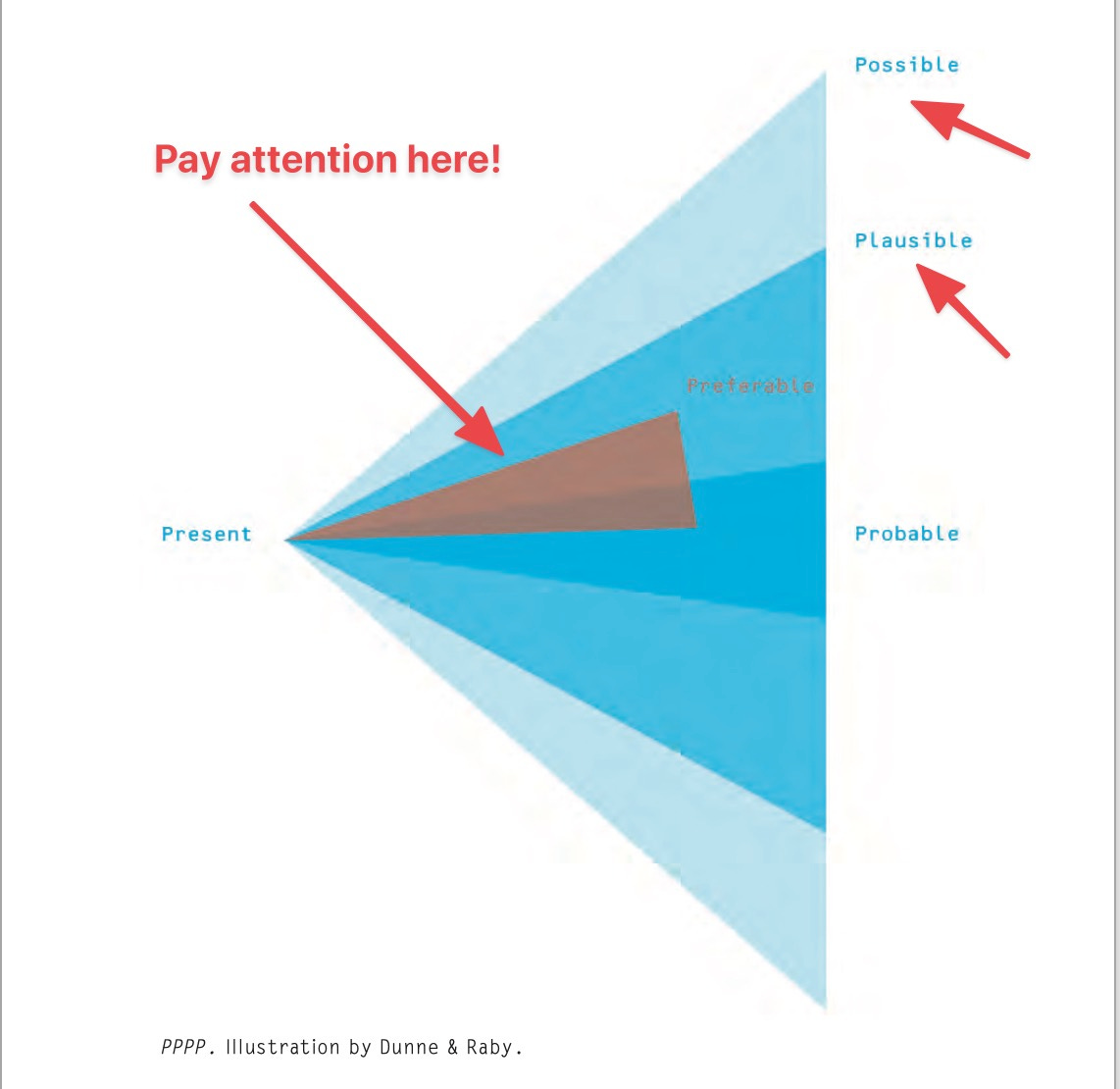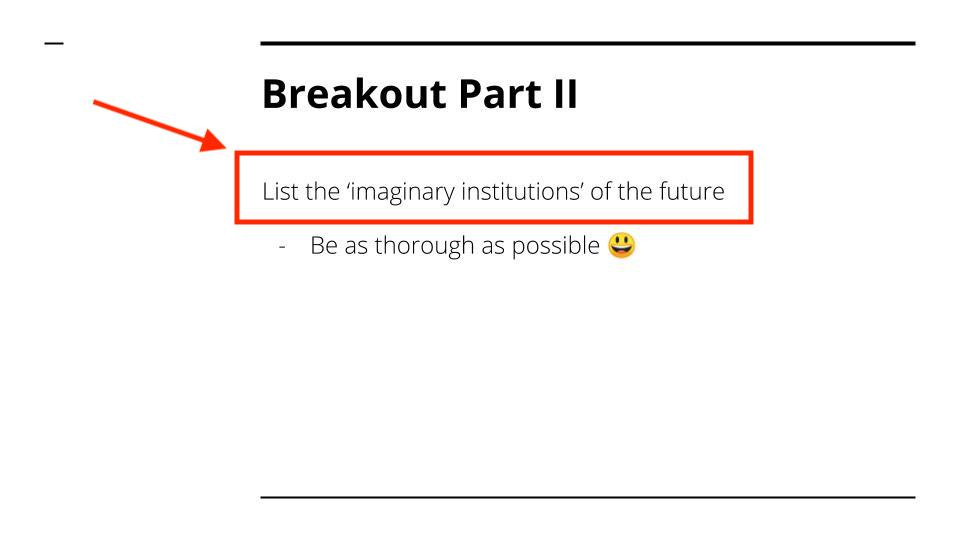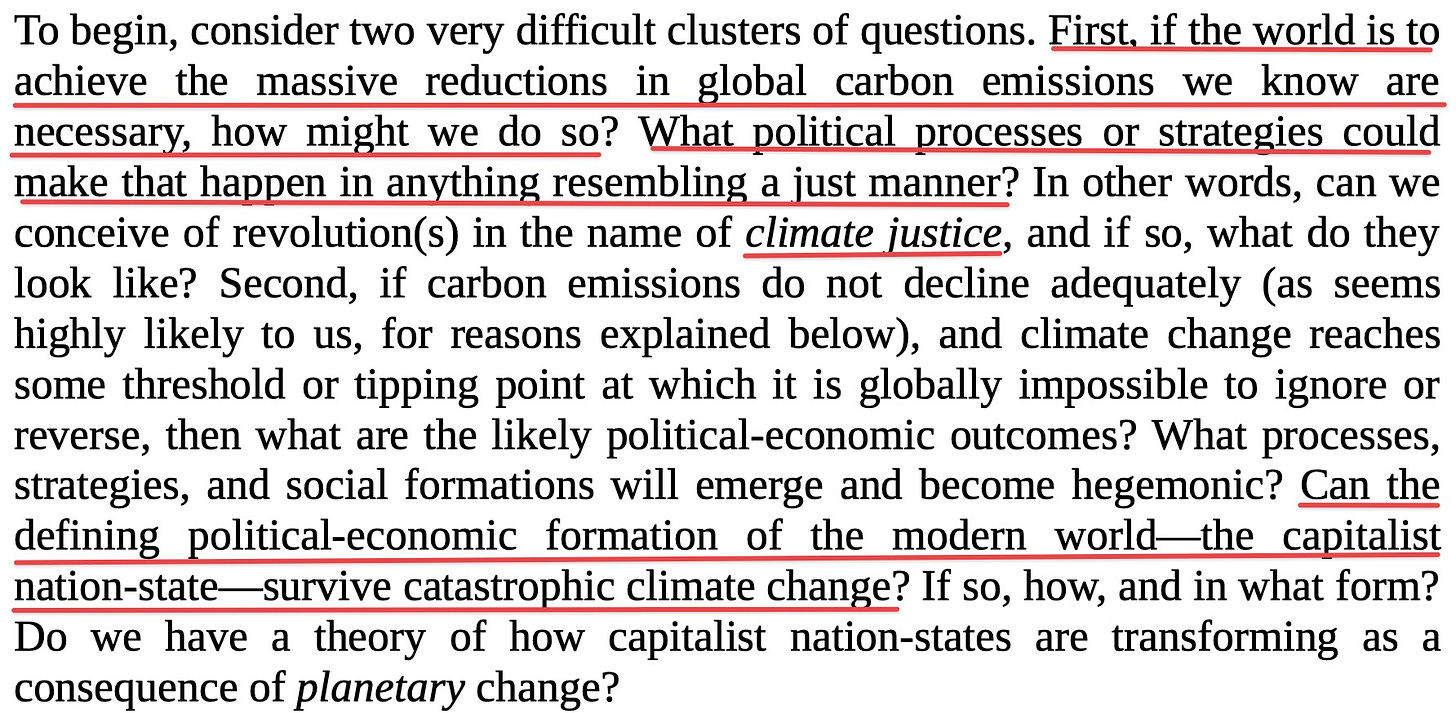Greenup Newsletter 13: Midweek Updates
This is a longish email/post, so here’s a quick table of contents:
Newsletter frequency
Homework - click on link to the form
Wicked Problems - how to think about them
Wicked Nation - why creating a nation is a wicked problem
How to keep in touch
Biweekly Newsletter and Slack Channel
We are doubling the frequency of the Greenup Newsletter during the Wicked India course - this way you can follow the course - including the homework and assignments - even if you can’t attend in person. Join our Slack Channel if you want to be part of the community.
We had our first session of the Wicked India masterclass on Tuesday. It was amazing to see the energy in the virtual room and the ideas that emerged during the breakout and the discussion sessions. We will be posting the session notes and the recording in the next (Monday) update. In summary, here’s the weekly routine:
Tuesdays at 7:00 PM IST: Live class.
Newsletter on Thursdays at 10:00 AM IST: Overview of next week’s class (like this newsletter).
Newsletter on Mondays at 10:00 AM IST: Class notes and videos from the previous week.
Homework and Readings
We will be using the I —> We—> Us —> Ours arc throughout these eight weeks.
Homework
So let’s start with the following ‘I’ focused assignment:
Imagine it's November 5th, 2030 and you're writing an email to the past version of yourself, i.e., when you were exactly a decade younger. Describe who you are, what the world around you looks like and some of the changes you have noticed in the past ten years. 250 words or thereabouts.
Please use this form to send us your answer to the above question.
Readings
And now a summary of what you can expect in the next session. If you are used to reading academic books, read the first chapters of all three assigned readings, i.e.,
Chapter 1 of Dunne and Raby: ‘Beyond Radical Design.’
Chapter 1 of Kaviraj: ‘On State, Society and Discourse in India.’
Chapter 1 of Mann and Wainwright: ‘Hobbes in Our Time’
but it’s perfectly fine if you aren’t used to reading this sort of text - the books are guides not dictators. In either case, let’s see how we might work our way into the foundational narrative of this course:
India Story, Climate Grammar
Wicked Problems
Climate change is widely considered to be a wicked problem, i.e., a problem
that is difficult or impossible to solve because of incomplete, contradictory, and changing requirements that are often difficult to recognize. It refers to an idea or problem that cannot be fixed, where there is no single solution to the problem; and "wicked" denotes resistance to resolution, rather than evil. Another definition is "a problem whose social complexity means that it has no determinable stopping point". Moreover, because of complex interdependencies, the effort to solve one aspect of a wicked problem may reveal or create other problems.
A ‘solutionist mindset’ can be an obstacle when it comes to wicked problems. ‘Speculative Everything’ (one of our assigned readings) starts with a note of caution
Solutionism is primary a process of narrowing, of the attitude famously expressed by Sherlock Holmes as:
It is an old maxim of mine that when you have excluded the impossible, whatever remains, however improbable, must be the truth.
That’s great detective literature but not so great as an approach to wicked problems. We need to start with expansion rather than contraction.
Notice the various cones of expansion in the above figure - they help us improve our imagination of the future.
Now read chapter 1 of Dunne & Raby’s Speculative Everything (available in the readings folder linked above). It can be dense reading, but don’t worry about that so much. Instead, ask yourselves about the second half of the breakout session on Tuesday about the imaginary institutions of the future:
Read chapter 1 of D & R with that list in mind:
Which of those institutions are possible? Plausible? Probable? Preferable?
Wicked Nation
For Indians of my generation (perhaps the next one too!), the defining event was independence from British rule. The independence struggle is taught to us in a linear, non-wicked manner, as if:
We were an independent nation in the making - often seen as an ancient civilization that became a modern nation
The independence struggle inexorably led us towards nationhood, that our ‘Tryst with Destiny’ was foretold.
But of course reality was far more wicked than that simple story. For starters, the partition and its horrendous violence and continuing communal tensions show that the wicked problem of creating an Indian nation hasn’t been solved.
We completely take the nation for granted, but actually it was a figment of Bengali imagination in the late nineteenth century that became so widespread that we can’t think of any other realistic alternative. But before the British came, India was far from being a nation-state. As Kaviraj says:
In other words, the central authority’s capacity to exert power was limited and local self-governance was much greater (even if that was unjust by our standards). It’s out of this diverse and disparate group that we created a nation state that at least in principle stands for the flourishing of all Indians.
As we all know, that principle of equality and justice has often been neglected or even flouted in practice, but can we use our response to climate change to renew our commitment towards the wellbeing of all Indians?
That’s the question Mann and Wainwright pose in their very first chapter (though not with an India focus). They ask:
In simple terms:
Can the (Indian) nation survive the transition to a climate changed world? Even better: can India thrive in a climate changed world?
That’s the question we want to address.
Slack & Other Forms of Communication
Simple:
Join our Slack Workspace in case you haven’t done so already
Tell us what you think about the course and what you would like to see by replying to the emailed newsletter or in the comments section here.
Neither of the above is mandatory.










